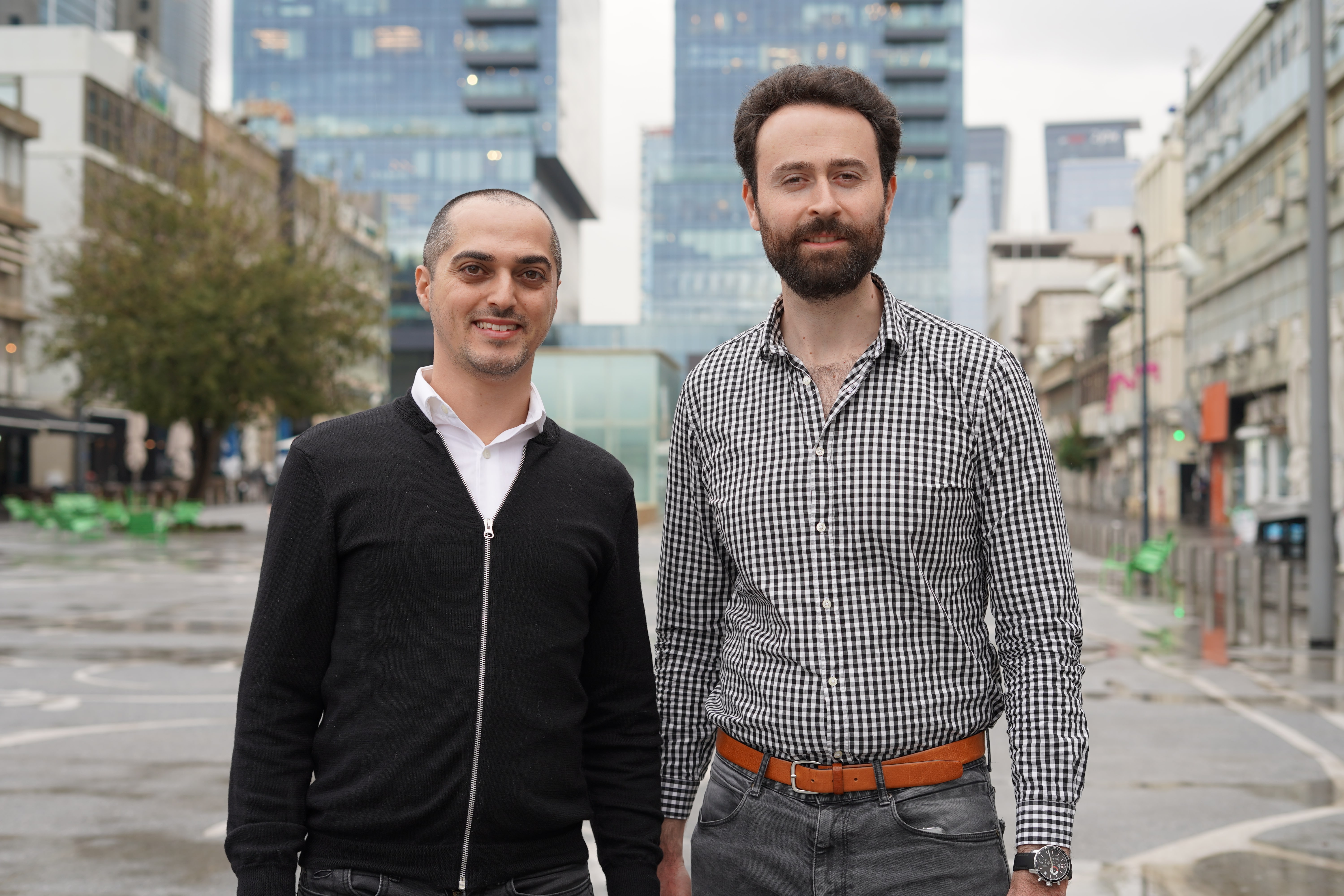
Tastewise, an artificial intelligence-powered food intelligence platform that brings the power of data to the art of making and marketing food, was founded by alongside Chen and Eyal Gaon. The platform analyses billions of food data points, including 1 billion food photos shared every month, 153,000 restaurant menus across the US and over 1 million online recipes, providing real-time insights for restaurants, hospitality groups, and food brands.
It allows users to type pizza into the search function and discover that broccoli is rising as a topping by 97% year on year. “If you search for pizza trends in New York City, you will see that Nutella pizza has risen more than 500% in the past year – and should probably be added to restaurants’ dessert menus,” explains Chen.
The idea for Tastewise began because of Chen’s family’s WhatsApp group. “My family gathers together for Friday night dinner, and before each meal, my mother always asks us, ‘What are your new dietary requirements this week?’ I realised that if my own family couldn’t keep track of each other’s diets, restaurants and food brands must have a much harder time keeping up with food trends,” he says. “Eyal and I began speaking with executives in the food industry and found that that consumers’ hyper culinary consciousness generates great challenges and great opportunities, too. It’s tough to keep up.”
What makes Tastewise different from other similar platforms?
We currently analyse the largest data set of menus in the US, tracking more than 153,000 menus, which are updated on a weekly basis. We’re also excited to introduce home cooking analytics, tracking more than 1 million recipes, as well as which recipes are currently used for a specific dish – reflecting changing cooking habits.
We’re also the first data and analytics platform for the food industry that offers a freemium plan, which gives everyone access to certain insights for free. Our premium plan includes a monthly subscription. This approach enables small businesses — from a single-location pizzeria to a new artisan food brand — to fuel their products and services with data.
How reliable are trends picked up from social media?
As consumers are changing what they eat and why they eat it faster than ever before, social media is a meaningful data source for finding the fastest rising trends. Early discovery of trends from a structured and advanced analysis of the conversation online allows us to pinpoint the next trend before it becomes mainstream or noticed in more traditional sources such as menus or surveys. Zhoug, which is a rising Yemenite spicy condiment, for instance, has grown 130% year over year in the social conversation and has seen a 3.5% increase in menus in the past six months alone.
However, for many companies in the food business, there are different needs. For example, food manufacturers need a higher certainty that a new flavour is going to stick around. That’s why we’re also providing menu analytics and home cooking analytics. The more a new ingredient has penetrated across verticals and use cases, the more likely it is to stay. Our predictive analytics have been trained to do exactly that – to help restaurants and food brands decide which trends are relevant for each of them.
How much has social media changed the food landscape?
Social media has transformed the food landscape. It has become a central part in consumers’ decision making about where to eat and what to eat. Restaurant hopping, for example is a trend we’re extremely excited about, and one that will change the restaurant landscape. It has grown 160% from 2017 to 2018, and we believe that this is only the beginning. People aren’t only eating out to satisfy their cravings. They’re looking for a complete experience. So instead of eating their whole dinner in one place, they’ll go to three different restaurants to try the signature dish from each. And, in the process, they also get more Instagrammable moments.
But the story goes beyond the experience and the taste to the source of the food, its environmental footprint, and whether it is cruelty-free and fair-trade. Such considerations must be taken into account for any food business today, and Tastewise’s insights make it possible to explore these perspectives as well.
How can restaurants use the data available to them more efficiently?
The main thing I’ve learned talking to so many restaurant owners is that running a restaurant is hard work, but the reward is very high. There’s more technology today to help with business aspects, including procurement, shift management and smart point of sales, but any food brand that wants to stay in business or grow, must stay aware of what the consumer craves and needs. Closely following the trends in the industry – and remaining innovative both in food and in experience – will lead to consistent success.
How much of a difference can these insights make to an operator?
Data is no longer optional, it’s a must for every industry and the food industry is no different. If you’re opening a new restaurant, you must be aware of the competition around, the dietary needs, and most importantly, the gaps in the market. A gut feeling is important but backing it with real life, real-time data can make a huge impact.
We discovered that there’s $9bn of unmet demand for healthy offerings in restaurants in the US. San Antonio, Texas for instance, is missing out on more than $300m in hand-crafted offerings. Leveraging such information can help entrepreneurs launch new and innovative businesses. They might come up with a new concept for an Italian restaurant, and hotels might design their menus with food and beverages that meet the needs of guests and locals alike.
Tina Nielsen
Photo: Alon Chen (left) and Eyal Gaon
